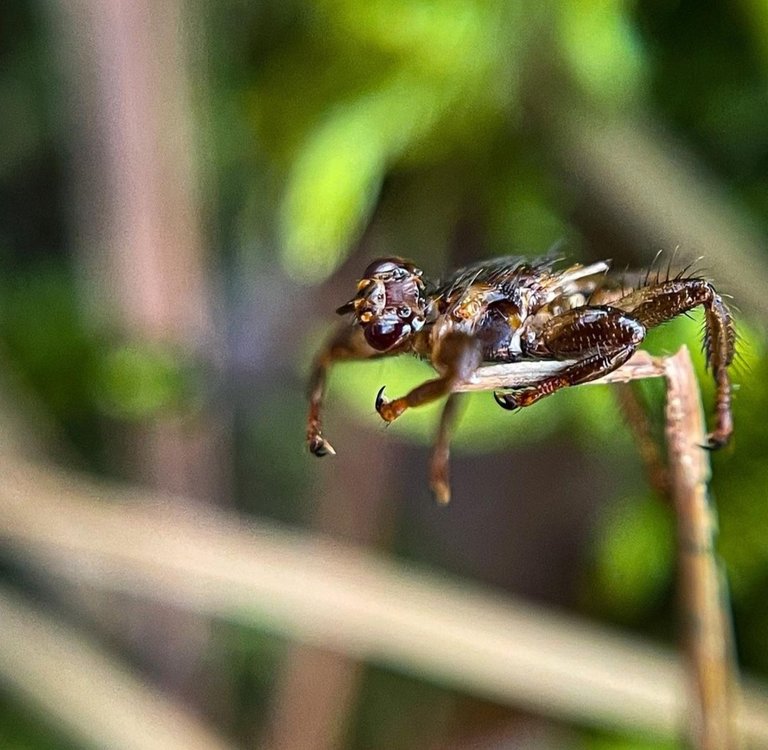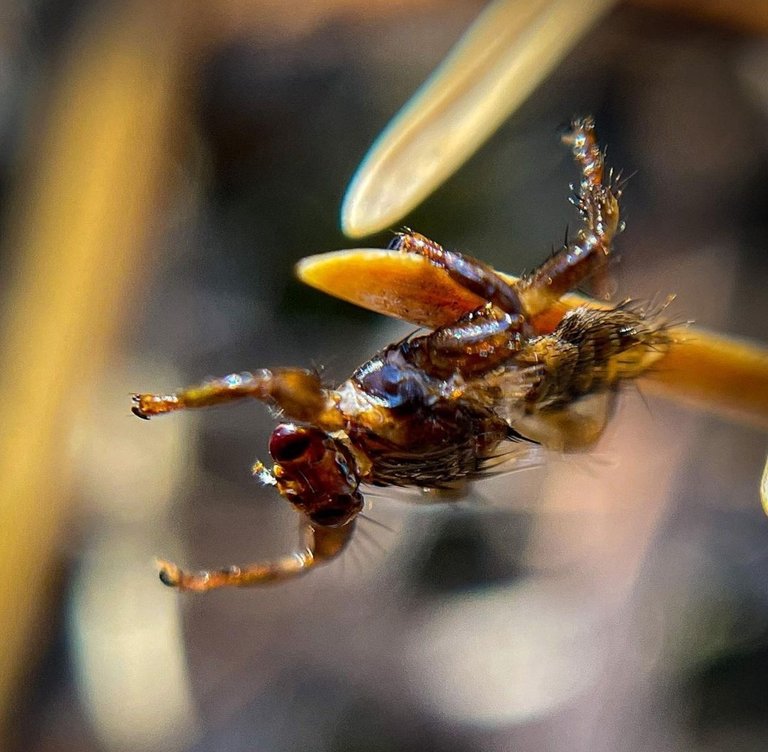


Bloodsucking deer
There are also such names: elk lice, elk fly, elk mite. I encountered this blood-sucking insect for the first time this year. Outwardly, it is very similar to a spider with wings, I was immediately very surprised who it is. When you walk past bushes or trees, she jumps on your neck and tries to hide in your hair. It is very difficult to remove it, because it is very tenacious, you just can't take it off with your hand, you need to catch it with your fingers. It belongs to the family of bloodsuckers, which has 778 species.
It mainly parasitized moose, deer, roe deer, cattle, but can also attack other warm-blooded mammals. With a high number, it can attack a person, although human blood is not suitable for it, because it will not allow to complete the reproductive cycle and give offspring. Hitting the body, it flutters its wings. Thanks to the flattened body and dense covers, the body of the nipple can withstand strong pressure, so even if you squeeze it between two fingers, nothing will happen to it (well, of course, if you do not press hard). The body length of an individual with wings is 3-3.5 mm. The eyes consist of 2.5-3 thousand. facets and occupy 25% of the surface of the head.
Interestingly, this species has a live birth, or pupation, in which the development of eggs and larvae occurs in the mother's body, and light is born large (3-4 mm) prepupae, which later harden and undergo pupal metamorphosis. At a time, the female lays only one pupa, after which the next begins to develop in the uterus. Pupae that appear in the fall complete their development only by August next year. Up to 1,000 or more bloodsuckers can parasitize on one moose, deer or cow, which feed, mate, give birth to pupae and even overwinter to continue the reproductive cycle in the spring.